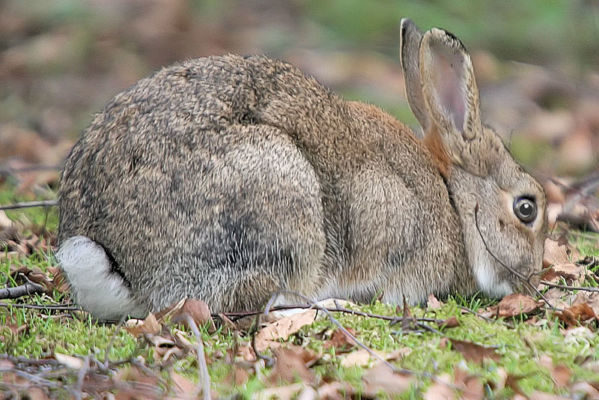If we knock back ferrets and feral cats will rabbit numbers soar? It is a concern that’s frequently raised, particularly in farming areas where rabbit control is already an issue. As rabbits are the main prey of ferrets and feral cats, it seems intuitively logical that rabbits will thrive without their predators. But there is a lot more going on with respect to what really controls rabbit numbers – as research into rabbit population dynamics reveals.
In response to the farming community’s concerns, Landcare Research scientists Grant Norbury and Chris Jones reviewed the current research literature on rabbit populations for an article recently published in Mammal Review. They found that:

“In New Zealand, where rabbits and their predators are introduced, predators appear to have relatively little effect on rabbit numbers compared with other factors leading to mortality, such as disease, flooding of burrows and burrow collapse. Similarly, in Australia, rabbit numbers are driven primarily by climate and its effects on food abundance and quality, and by disease. However, where rabbit numbers are low following drought or major epizootics, predation can limit population recovery.”

It seems that prey (in this case, rabbits) often determine predator numbers in New Zealand, rather than the other way around. The predators can only survive, if there are enough prey to eat:
“ In Australasia, abundance of predators (especially rabbit specialists) can usually be predicted from rabbit abundance, not vice versa. Although predation effects can be limiting under certain conditions, they are minor compared to the roles of climate, food, disease and habitat.”
So farmers can relax and control predators on their land for the good of their birdlife. Getting rid of ferrets, stoats and feral cats won’t solve their rabbit problems – but, in most situations, it won’t make the problem any worse either.
The research review is published in Mammal Review, but only the abstract is freely available in that journal. Hawkes Bay Regional Council has, however, made the full article available on their Cape to City website:

